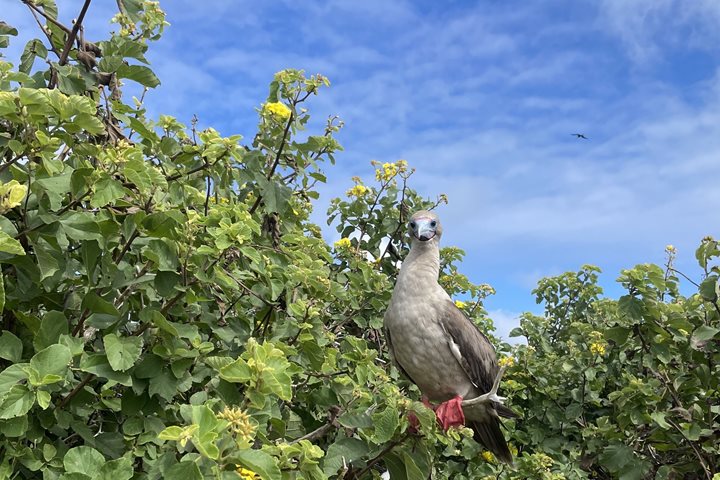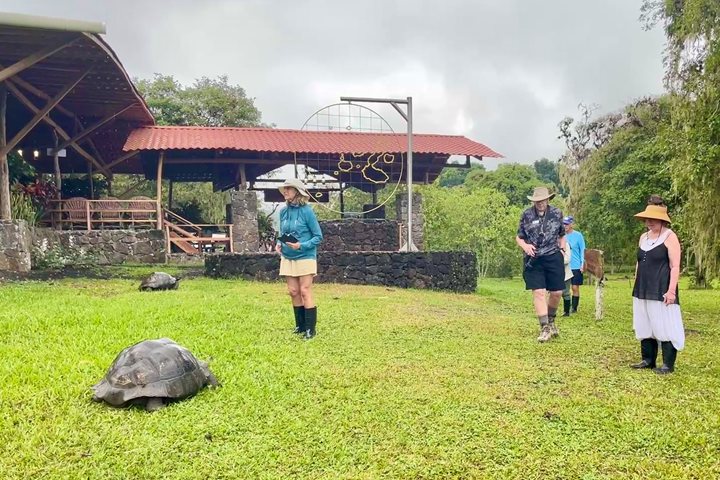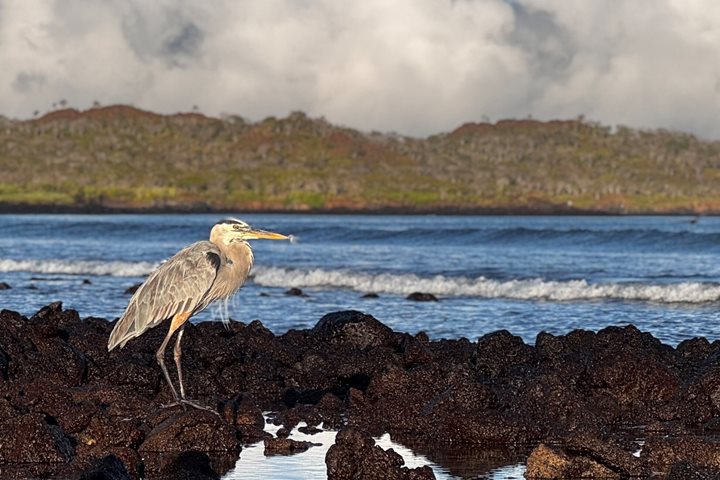This week’s expedition is coming to a close, and we have to maximize our time left in the Enchanted Islands. Today we visited San Cristóbal Island; at its northeastern tip, we find Punta Pitt, which is a cluster of very old tuff cones, now heavily eroded by rain, wind and wave action. The walls of the former cones still rise tall and majestic above sea level, and they are the home to various seabirds that find here suitable nesting spots and productive surrounding waters. The star species of the morning is the red-footed booby. There are five distinctive colonies located in the periphery of the archipelago, including Punta Pitt. They are pelagic feeders, foraging in a radius of sometimes over 100 miles from their colonies. In the afternoon, we visited Cerro Brujo with its stunning white-coralline beach. It was a last visit to the natural areas of this remote archipelago, an everlasting memory of this unique corner in our wonderful planet.
5/29/2025
Read
National Geographic Gemini
Genovesa Island
Genovesa is considered one of the Galapagos crown jewels, and today it was showing off all of its splendor. Immediately after breakfast we put on our sturdy shoes and set out to explore Prince Philip’s Steps. This area is known for opportunities to observe not only large colonies of nesting Nazca and red-footed boobies, but maybe, just maybe, the short-eared owl which exhibits diurnal behavior on this island. After this walk we got ready for a dip in the Pacific Ocean and snorkeling along the inner coast of this caldera. The afternoon was equally amazing as we disembarked to explore Darwin Bay, along a short and easy trail that was packed with wildlife. Here we observed not only nesting frigatebirds, red-footed boobies, and Nazca boobies, but also a few yellow-crowned night herons. It was another incredible afternoon in the Galapagos Islands.







